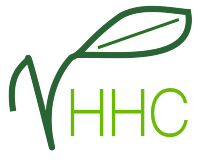Eating fresh produce is a great way to obtain nutrients that support optimum health, but pesticides used on these crops often compromise the health benefits. We are always looking for specific information that can help our Nutrition Response Testing Clients obtain the healthiest sources of nutrients.
Every year, the Environmental Working Group (EWG), a nonprofit organization that advocates for policies that protect global and individual health, analyze pesticide residue testing data from the U.S. Department of Agriculture and Food and Drug Administration and come up with rankings for popular fresh produce items.
The resulting report, “The Shoppers Guide to Pesticides in Produce” can be found here.
Some key findings for 2017:
- More than 98 percent of samples of strawberries, spinach, peaches, nectarines, cherries and apples tested positive for residue of at least one pesticide.
- A single sample of strawberries showed 20 different pesticides.
- Spinach samples had, on average, twice as much pesticide residue by weight than any other crop.
The following 12 produce items were determined to have the highest pesticide load, titling them the “Dirty Dozen” List. If nothing else, these are fruits and vegetables that it is most important to purchase organic.
- Strawberries

- Spinach
- Nectarines
- Apples
- Peaches
- Pears
- Cherries
- Grapes
- Celery
- Tomatoes
- Sweet Bell Peppers
- Potatoes
For the complete report on the 48 fruits and vegetables with pesticide residue data, plus the “Clean 15,” the top 15 produce items where few, if any, residue was detected, go to the EWG website.

Recent Comments